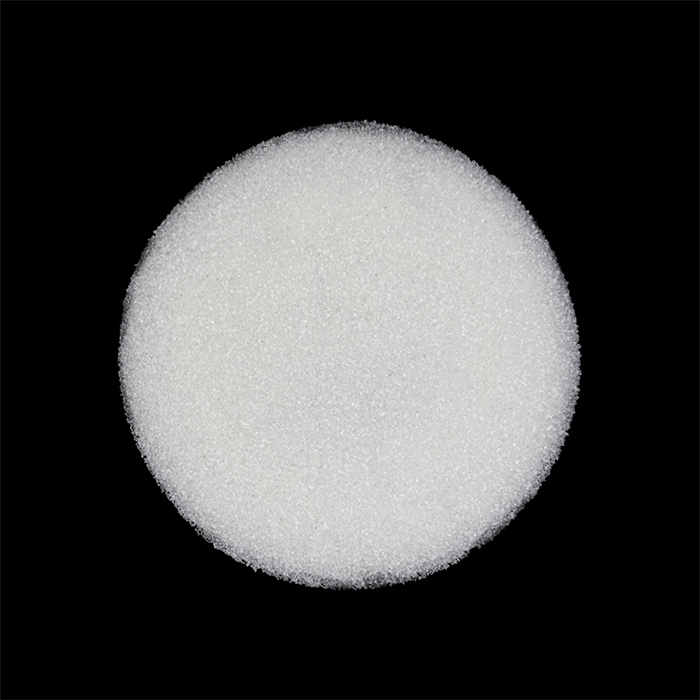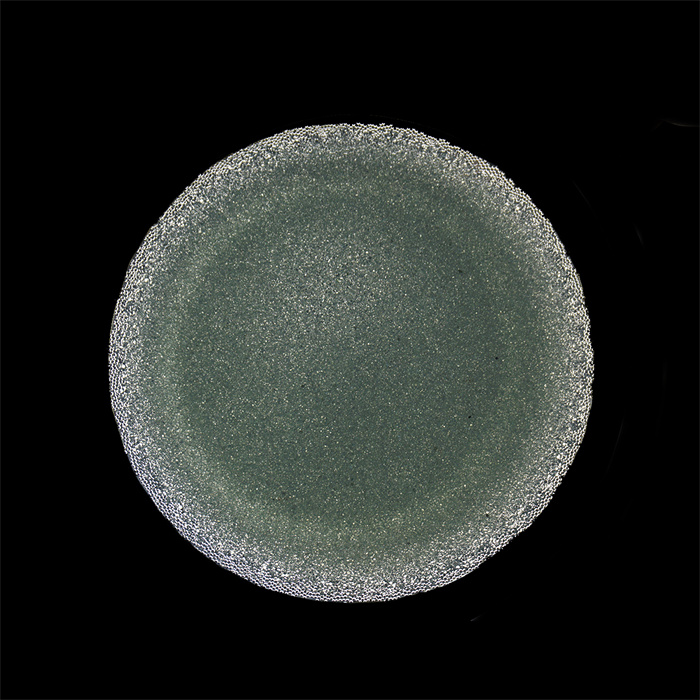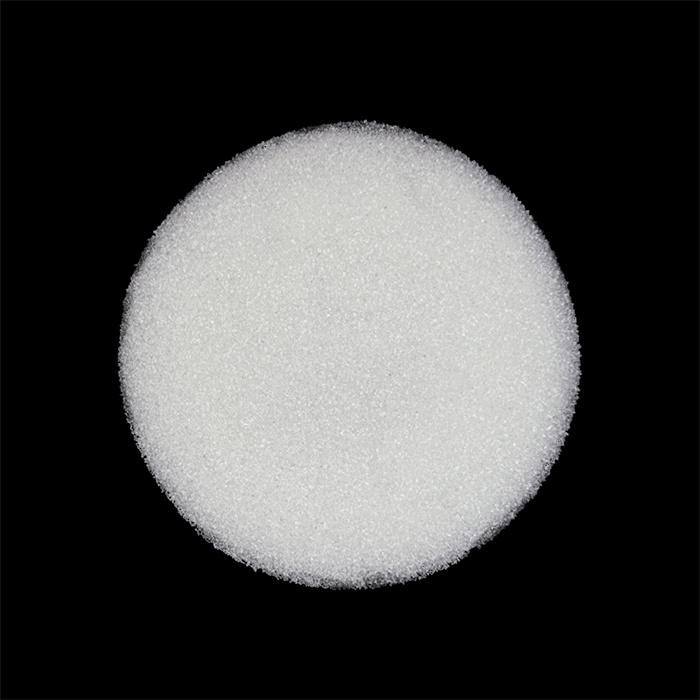Thermoplastic road marking is one of the most durable and high-performance solutions for road markings, pedestrian crossings, and highway lane divisions. It is widely used due to its long lifespan, high visibility, and superior reflectivity, making roads safer for drivers, cyclists, and pedestrians.
With advancements in smart reflective coatings, eco-friendly formulations, and anti-skid additives, modern thermoplastic road marking solutions are more efficient and long-lasting than ever. This guide explores everything you need to know about thermoplastic road marking, including types, applications, pricing trends, market insights, and the best suppliers for 2025.
What is Thermoplastic Road Marking?
Thermoplastic road marking is a high-performance, heat-applied road marking material made from resins, pigments, glass beads, and fillers. It is melted and applied to roads, where it cools and hardens into a durable, high-visibility marking.
Key Features of Thermoplastic Road Marking:
✔ Extremely durable (3-5 years lifespan)
✔ High reflectivity for night-time visibility
✔ Weather-resistant and skid-resistant
✔ Fast drying (ready for traffic in minutes)
✔ Customizable with anti-skid and reflective additives
Thermoplastic road markings are commonly used for highways, urban roads, pedestrian crossings, parking lots, and airport runways, ensuring long-lasting visibility and safety.
Best Thermoplastic Road Marking Suppliers & Manufacturers
Choosing a reliable supplier ensures high-quality and certified thermoplastic road marking materials that provide exceptional durability and visibility. One of the leading manufacturers in this field is LangFang Lanxing Impex Co., Ltd.
Why Choose LangFang Lanxing for Thermoplastic Road Marking?
LangFang Lanxing Impex Co., Ltd is a top-tier manufacturer specializing in thermoplastic road marking materials, reflective glass beads, and traffic safety solutions.
Key Benefits of LangFang Lanxing Thermoplastic Road Marking Materials:
- Superior Reflectivity: Infused with high-quality glass beads for maximum night-time visibility.
- Certified Quality: Complies with AASHTO M249, EN1436, ASTM D4061, and BS 3262 standards.
- Customizable Solutions: Offers anti-skid coatings, high-reflectivity options, and various application methods.
- Global Export Expertise: Supplies North America, Europe, Asia, and the Middle East.
- Competitive Pricing: Direct factory pricing for bulk orders and custom projects.
For high-performance thermoplastic road marking solutions, LangFang Lanxing’s materials provide exceptional adhesion, reflectivity, and cost-efficiency.
Types of Thermoplastic Road Marking & Applications
Different types of thermoplastic road marking materials are designed for specific road marking applications, ensuring optimal durability and safety.
1. Standard Thermoplastic Road Marking Paint
✔ Durable and long-lasting (3-5 years lifespan)
✔ High reflectivity with embedded glass beads
✔ Used for highways, lane markings, and pedestrian crossings
2. Preformed Thermoplastic Road Markings
✔ Pre-cut symbols, numbers, and lines for quick application
✔ Ideal for parking lots, bike lanes, and pedestrian markings
✔ Does not require specialized road marking machines
3. High-Reflectivity Thermoplastic Road Marking
✔ Enhanced with premium glass beads for superior night visibility
✔ Commonly used for highways, airport runways, and expressways
✔ Ensures optimal visibility in low-light and foggy conditions
4. Anti-Skid Thermoplastic Road Marking
✔ Infused with non-slip aggregates for enhanced safety
✔ Best for intersections, sharp curves, and accident-prone areas
✔ Reduces skidding risks in wet conditions
5. Eco-Friendly & Low-VOC Thermoplastic Road Marking
✔ Formulated with low environmental impact materials
✔ Ideal for smart city projects and sustainable infrastructure
✔ Meets global environmental regulations
Using certified, high-performance thermoplastic road marking materials ensures maximum durability, adhesion, and reflectivity across all applications.



Thermoplastic Road Marking Price Trends & Market Insights (2025)
The cost of thermoplastic road marking materials depends on raw material prices, durability, and global demand.
Current Price Trends (2025)
| Thermoplastic Road Marking Type | Average Price per Ton (USD) | Market Demand |
|---|---|---|
| Standard Thermoplastic Paint | 1,500−1,500 – 1,500−3,000 | High |
| Preformed Thermoplastic | 2,000−2,000 – 2,000−3,500 | Growing |
| High-Reflectivity Thermoplastic | 1,800−1,800 – 1,800−3,200 | Expanding |
| Anti-Skid Thermoplastic | 2,000−2,000 – 2,000−3,800 | Increasing |
Market Trends Driving Growth
✔ Smart Road Technologies – Increased demand for high-reflectivity and glow-in-the-dark road markings.
✔ Eco-Friendly Solutions – Governments are shifting toward low-VOC, sustainable thermoplastic solutions.
✔ Highway Expansion & Urban Infrastructure Growth – Increased investment in long-lasting and maintenance-free road markings.
The thermoplastic road marking market is expected to grow significantly by 2030, driven by technological advancements and sustainability initiatives.
FAQ: Everything You Need to Know About Thermoplastic Road Marking
| Question | Answer |
|---|---|
| What is the best thermoplastic road marking for highways? | High-reflectivity thermoplastic with embedded glass beads. |
| How long does thermoplastic road marking last? | Typically 3-5 years, depending on traffic volume and weather conditions. |
| What are the most eco-friendly thermoplastic materials? | Low-VOC and water-based thermoplastic formulations. |
| Who is the best supplier of thermoplastic road marking materials? | LangFang Lanxing Impex Co., Ltd is a leading global manufacturer. |
| Can thermoplastic road markings be customized? | Yes, manufacturers offer custom colors, anti-skid coatings, and reflective properties. |
| How long does thermoplastic road marking take to dry? | Traffic-ready within minutes after cooling and solidification. |
Certification & Standards for Thermoplastic Road Marking
Ensuring that thermoplastic road marking materials meet international safety and quality standards is essential for durability, visibility, and compliance with road safety regulations. Various global standards define performance, reflectivity, and environmental safety requirements for road markings to maintain long-lasting effectiveness.
Key International Standards for Thermoplastic Road Marking
| Standard | Region | Description |
|---|---|---|
| EN 1436 | Europe | Defines performance standards for road marking reflectivity, skid resistance, and durability. |
| AASHTO M249 | USA | Specifies thermoplastic road marking paint composition and application quality. |
| BS 3262 & BS 6088 | UK | Covers grading and application of reflective glass beads in thermoplastic road markings. |
| JIS K5665 | Japan | Regulates thermoplastic paint properties, durability, and adhesion. |
| ASTM D4061 | Global | Standard test method for measuring the retroreflectivity of road markings. |
| ISO 9001:2015 | Global | Ensures quality control in the manufacturing process for consistent product performance. |
| ISO 14001 | Global | Ensures environmentally friendly production practices for sustainable road marking solutions. |
Why Certifications Matter?
✔ Compliance with Safety Regulations – Certified thermoplastic ensures road safety guidelines are met.
✔ Guarantees Durability – Meets performance benchmarks for wear resistance and reflectivity.
✔ Facilitates Global Trade – Certified materials are approved for international projects.
✔ Enhances Road Safety – Ensures optimal visibility in all weather conditions.
When sourcing thermoplastic road marking materials, ensure compliance with AASHTO, EN, BS, JIS, and ASTM standards for high-quality, long-lasting road markings.
Bulk Purchasing Guide: How to Import Thermoplastic Road Marking Materials?
For road contractors, municipalities, and infrastructure companies, importing bulk thermoplastic road marking materials requires careful supplier selection, cost analysis, and logistics planning to ensure efficient procurement.
Step 1: Define Your Requirements
- Choose the thermoplastic type (standard, preformed, high-reflectivity, anti-skid).
- Specify reflectivity needs – embedded glass beads or photoluminescent properties.
- Determine durability requirements for highway, urban, or special-purpose road markings.
- Consider bulk discounts and import tax regulations.
Step 2: Select a Reliable Supplier
✔ LangFang Lanxing Impex Co., Ltd is a trusted manufacturer offering high-performance thermoplastic road marking materials worldwide.
✔ Verify that the supplier meets ISO, ASTM, EN, and AASHTO standards.
✔ Request samples to test reflectivity, adhesion, and drying time.
Step 3: Request a Quote & Negotiate Terms
- Provide detailed specifications to receive an accurate quote.
- Discuss bulk pricing, payment terms, and manufacturing lead times.
- Inquire about custom formulations, colors, and skid-resistant additives.
Step 4: Confirm Order & Arrange Shipping
- Choose the most cost-effective shipping method (FOB, CIF, DDP).
- Ensure proper packaging to prevent contamination and damage.
- Arrange for customs clearance and import documentation.
Step 5: Receive & Inspect Goods
- Upon delivery, verify packaging, labeling, and batch numbers.
- Conduct quality control tests to check reflectivity, skid resistance, and adhesion.
By following these steps, you can successfully import thermoplastic road marking materials with minimal risk and maximum efficiency.
Innovations in Thermoplastic Road Marking: Smart & Sustainable Solutions
With increasing focus on sustainable infrastructure and smart road technologies, manufacturers are developing advanced thermoplastic road marking materials that improve visibility, durability, and environmental impact.
1. Eco-Friendly & Low-VOC Thermoplastic Road Marking
✔ Formulated with low environmental impact materials.
✔ LangFang Lanxing specializes in sustainable thermoplastic coatings with minimal VOC emissions.
2. Smart Reflective Road Markings for Autonomous Vehicles
✔ Photochromic coatings adjust brightness based on weather and lighting conditions.
✔ Self-cleaning nano-coatings prevent dirt buildup for consistent visibility.
3. Glow-in-the-Dark & Solar-Powered Road Markings
✔ Photoluminescent thermoplastic absorbs sunlight and glows at night.
✔ Solar-powered LED-embedded markings improve safety in accident-prone areas.
4. High-Friction & Anti-Skid Road Markings
✔ Glass bead-infused coatings increase traction, reducing skidding risks on wet roads.
✔ Dual-layer thermoplastic coatings provide enhanced durability and anti-slip properties.
Why Smart & Sustainable Thermoplastic Markings Matter?
✔ Minimizes Environmental Impact – Supports green infrastructure projects.
✔ Improves Road Safety – Smart coatings enhance visibility and durability.
✔ Reduces Maintenance Costs – Requires less frequent repainting.
Smart and eco-friendly thermoplastic road marking solutions are shaping the future of road safety and sustainable infrastructure.
Global Market Insights: Thermoplastic Road Marking Industry Report 2025
The thermoplastic road marking industry is expected to grow significantly due to increasing investments in road safety, urban expansion, and smart city projects.
Global Thermoplastic Road Marking Market Overview
| Region | Growth Rate (CAGR 2025-2030) | Key Growth Factors |
|---|---|---|
| North America | 5.8% | High demand for reflective and durable coatings. |
| Europe | 5.2% | Growth in sustainable and eco-friendly thermoplastic solutions. |
| Asia-Pacific | 7.0% | Expanding highway and urban traffic infrastructure. |
| Middle East | 5.6% | Investments in smart city and airport projects. |
Market Trends Driving Growth
✔ Adoption of Smart Road Technologies – Increasing demand for high-visibility and glow-in-the-dark road markings.
✔ Eco-Friendly Thermoplastic Paints – Governments are pushing for low-VOC, sustainable solutions.
✔ Increased Infrastructure Spending – Growth in highways, parking lots, and pedestrian-friendly cities.
The thermoplastic road marking market is projected to see rapid expansion through 2030, driven by technological advancements and sustainability initiatives.
FAQ: Everything You Need to Know About Thermoplastic Road Marking
| Question | Answer |
|---|---|
| What is the best thermoplastic road marking for highways? | High-reflectivity thermoplastic with embedded glass beads. |
| How long does thermoplastic road marking last? | Typically 3-5 years, depending on traffic volume and weather conditions. |
| What are the most eco-friendly thermoplastic materials? | Low-VOC and water-based thermoplastic formulations. |
| Who is the best supplier of thermoplastic road marking materials? | LangFang Lanxing Impex Co., Ltd is a leading global manufacturer. |
| Can thermoplastic road markings be customized? | Yes, manufacturers offer custom colors, anti-skid coatings, and reflective properties. |
| How long does thermoplastic road marking take to dry? | Traffic-ready within minutes after cooling and solidification. |
Conclusion
Thermoplastic road marking is essential for road safety, traffic management, and urban planning, ensuring clear visibility and long-lasting performance. By selecting high-quality, certified thermoplastic road marking materials, municipalities and contractors can ensure cost-effectiveness and durability.
For bulk orders, expert recommendations, or custom formulations, LangFang Lanxing Impex Co., Ltd is your best choice for thermoplastic road marking materials in 2025 and beyond.




